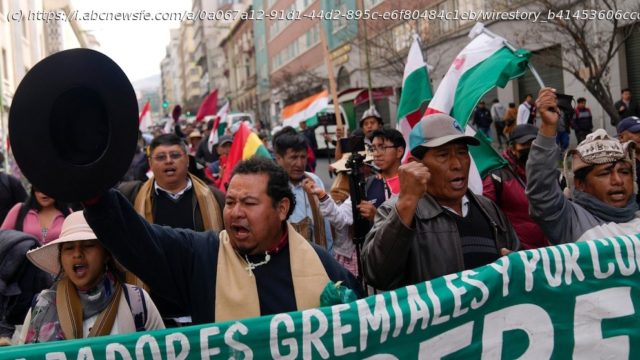Armored vehicles rammed into the doors of Bolivia’s government palace as President Luis Arce said his country faced an apparent attempted coup
Armored vehicles rammed into the doors of Bolivia’s government palace on Wednesday as President Luis Arce said his country faced an apparent attempted coup.
In a sense, the uprising was the culmination of tensions that have been brewing in Bolivia for months, with protesters streaming into the nation’s capital amid a severe economic crisis and as two political titans battle for control of the ruling party.
At the same time, the attempt to take over the palace appeared to have lacked any meaningful support, and even Arce’s rivals quickly closed ranks to defend democracy and repudiate the uprising.
Wednesday’s uprising appeared to be led by general commander of the army Juan José Zúñiga, who told journalists gathered at the plaza outside the palace that “Surely soon there will be a new Cabinet of ministers; our country, our state cannot go on like this.” But he added that he recognizes Arce as commander in chief “for now.”
Zúñiga did not explicitly say whether he was the uprising’s leader, but in the palace, with bangs echoing behind him, he said the army was trying to “restore democracy and free our political prisoners.”
Arce ordered him to withdraw his soldiers, saying he would not allow the insubordination. Later, he officially removed Zúñiga from his post.
Bolivians have increasingly been suffering the pains of slow growth, surging inflation and scarcity of dollars — a stark change from the prior decade that some called an “economic miracle.”
The country’s economy grew by over 4% nearly every year in the 2010s until pitching into the abyss with the coronavirus pandemic. But trouble began earlier, in 2014, when commodity prices plunged and the government dipped into its currency reserves to sustain spending.
Start
United States
USA — mix How tensions in Bolivia fueled an attempt to oust President Arce from...






